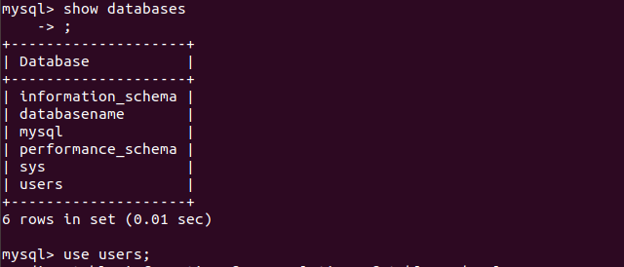MySQL Tutorial
Home Data Science Data Science Tutorials MySQL Tutorial
Basic
Queries
Database
Functions
Joins
Advanced
Interview Questions
MySQL Tutorial and Resources
Mysql is an Open Source Relational Database which supports SQL queries. How data will be stored is decided by Mysql Engine. Mysql provides full flexibility while choosing Mysql engines. In Mysql, there are two most popular engines called MyISAM and INNODB. If we do not want transactional properties and we do not want to use row-level locking, then we can use MyISAM. Data Insertion is faster in INNODB.
Note: Transactional properties mean atomicity; IF you visited ATM and you initiated your transaction, so first you insert ATM, your Password, how much you want to withdraw, and finally, it will return the money. So all the steps are captured if any steps fail, all the steps are considered to fail. And transactions will be rolled back.
Why do we need to learn MySQL?
There are many reasons why we need to learn MySQL; some of the important ones are given below:
- Job Options: You can be a good Backend database engineer because MySQL uses sql queries which is common for any Relational Database like Oracle, SqlServer, etc.
- Open Source: Since MySQL is an Open source, so you do not have to pay to use MySQL.
- MySQL handles better Security: There are many access and roles available, and a MySQL super admin can grand various roles and manage them. Because Super Admin can grant roles with limited roles, users can also perform limited work on the database. It makes our database secure.
- MySQL Supports: MySQL supports almost all platforms and operating systems like Windows, Linux, UNIX, macOS, etc, which makes it suitable for any kind of application.
- MySQL performance: If we compare MySQL with other Relational Databases like Oracle, Sybase, etc, then we will see MySQL is a little faster with lower features.
- MySQL is Scalable: In general, MySQL support upto a 4GM limit. However, this can also be upgraded up to 8TB to meet your needs.
Applications of MySQL
Web applications mostly use MySQL. Because it is open-source and many cloud-based servers like AWS charge much less to deploy MySQL on their server. Many small and medium startups are going with MySQL only. MySQL can also be used for ERP solutions as it provides a Relational database, so managing reports and analyzing data would also be very easy in MySQL.
Example
In the example below, we are creating a Table user in the database. Please go through the example below along with the screen.
use users; //Switching to users database
CREATE TABLE user (UserID int,UserlastName varchar(255),UserFirstName varchar(255),Address varchar(255),City varchar(255),age int );//designing schema and attributes of Person table.
DESCRIBE user; //fetching previously created table structure
This image shows existing databases and selecting user's database;
In the below image, we are creating a table name user.
In the below image, we display details of the table we created above.
Prerequisites
To start with MySQL, we do not require to learn any programming languages. UI tools provide various ways to create, insert and delete. If you have not heard about MySQL Workbench, you should try it. It is a complete UI tool for MySQL.To start with MySQL, We should learn JOINS, insert, select, basics of data stored in the table, and its attributes.
Target Audience
A Web Developer: A web developer is the one who gets the data from the end-user and stores data into MySQL in the required format. He can also fetch the data from MySQL and display it to end-users. Developers should learn more of the syntax of Like JOIN, AGGREGATE, SUM, ORDER BY, GROUP BY, etc commands because to show data to end-user, they need to use all these components.
A Database Admin: A database admin is the one who creates all the roles on a particular database. For example, if the database name is users, then for this database, he will create various users like user1,user2, and user2. And all these users will be granted different types of roles according to the work they are going to perform in the users' database.
Let’s Get Started
By signing up, you agree to our Terms of Use and Privacy Policy.
Let’s Get Started
By signing up, you agree to our Terms of Use and Privacy Policy.


Watch our Demo Courses and Videos
Valuation, Hadoop, Excel, Web Development & many more.


EDUCBA Login
This website or its third-party tools use cookies, which are necessary to its functioning and required to achieve the purposes illustrated in the cookie policy. By closing this banner, scrolling this page, clicking a link or continuing to browse otherwise, you agree to our Privacy Policy


